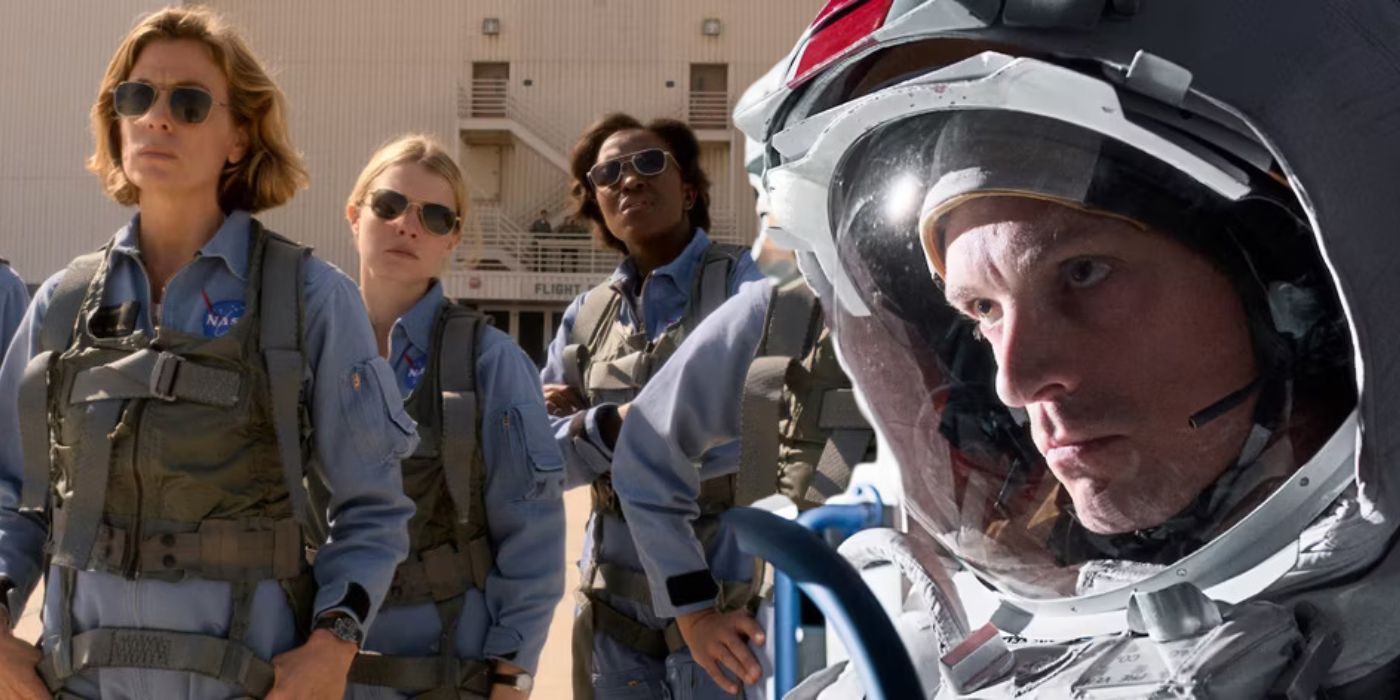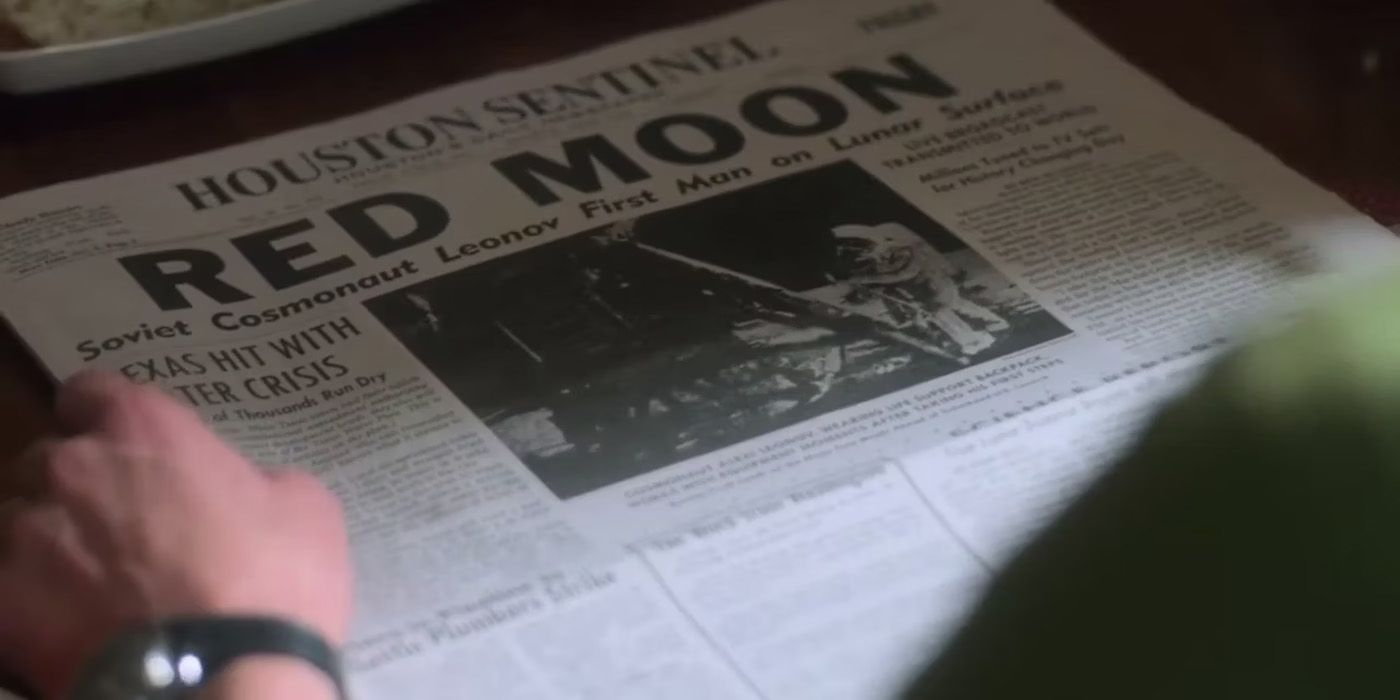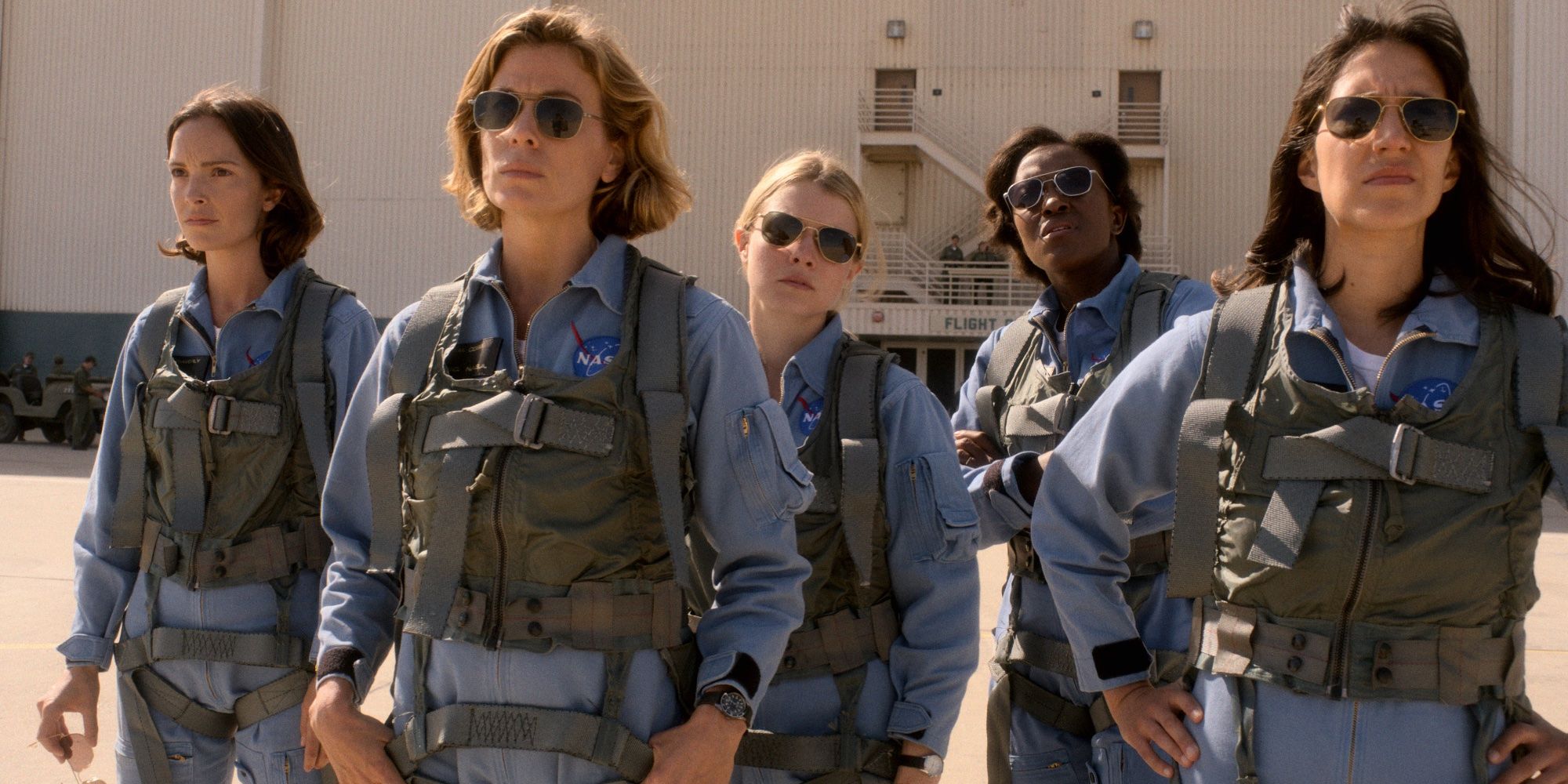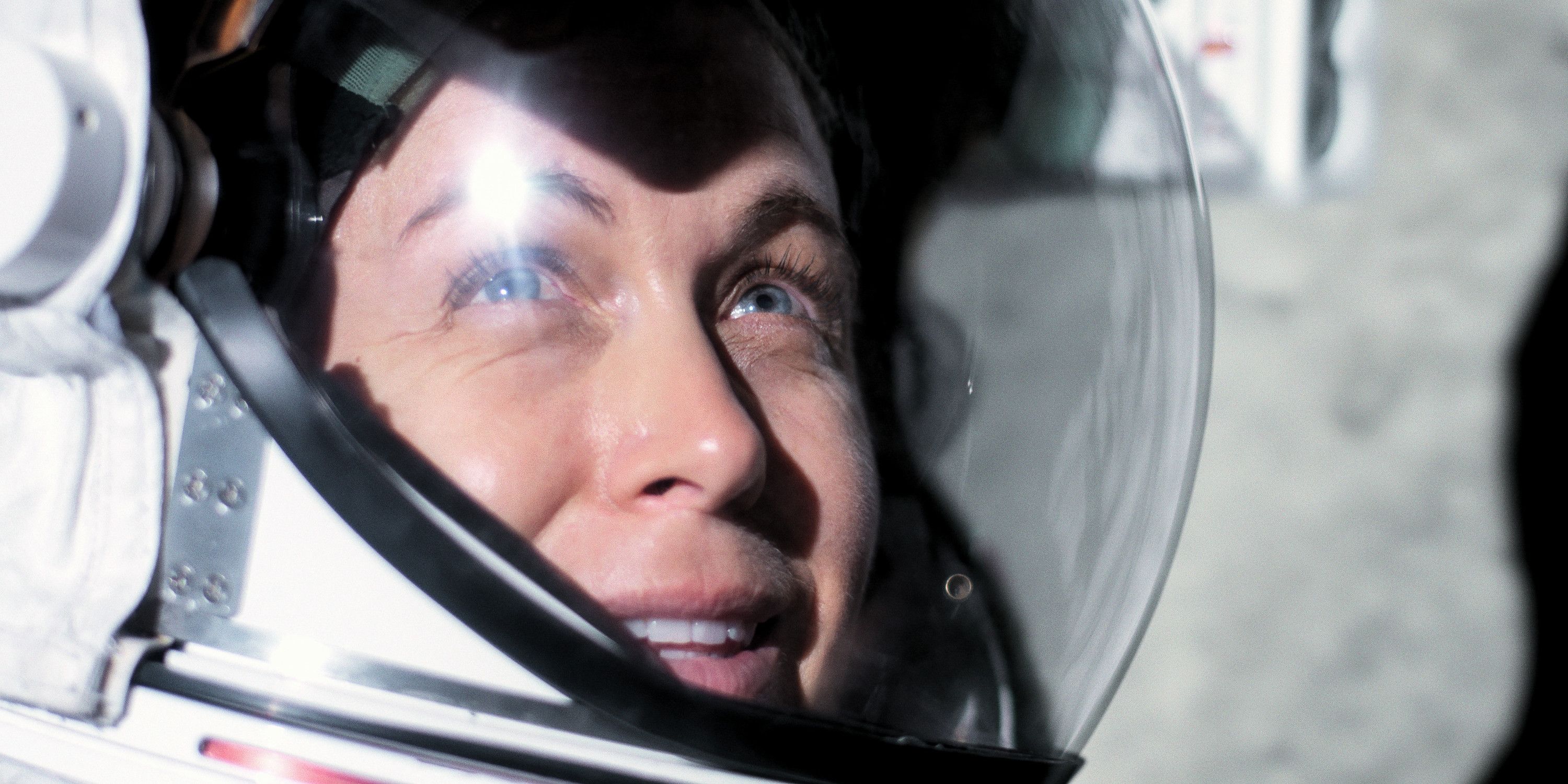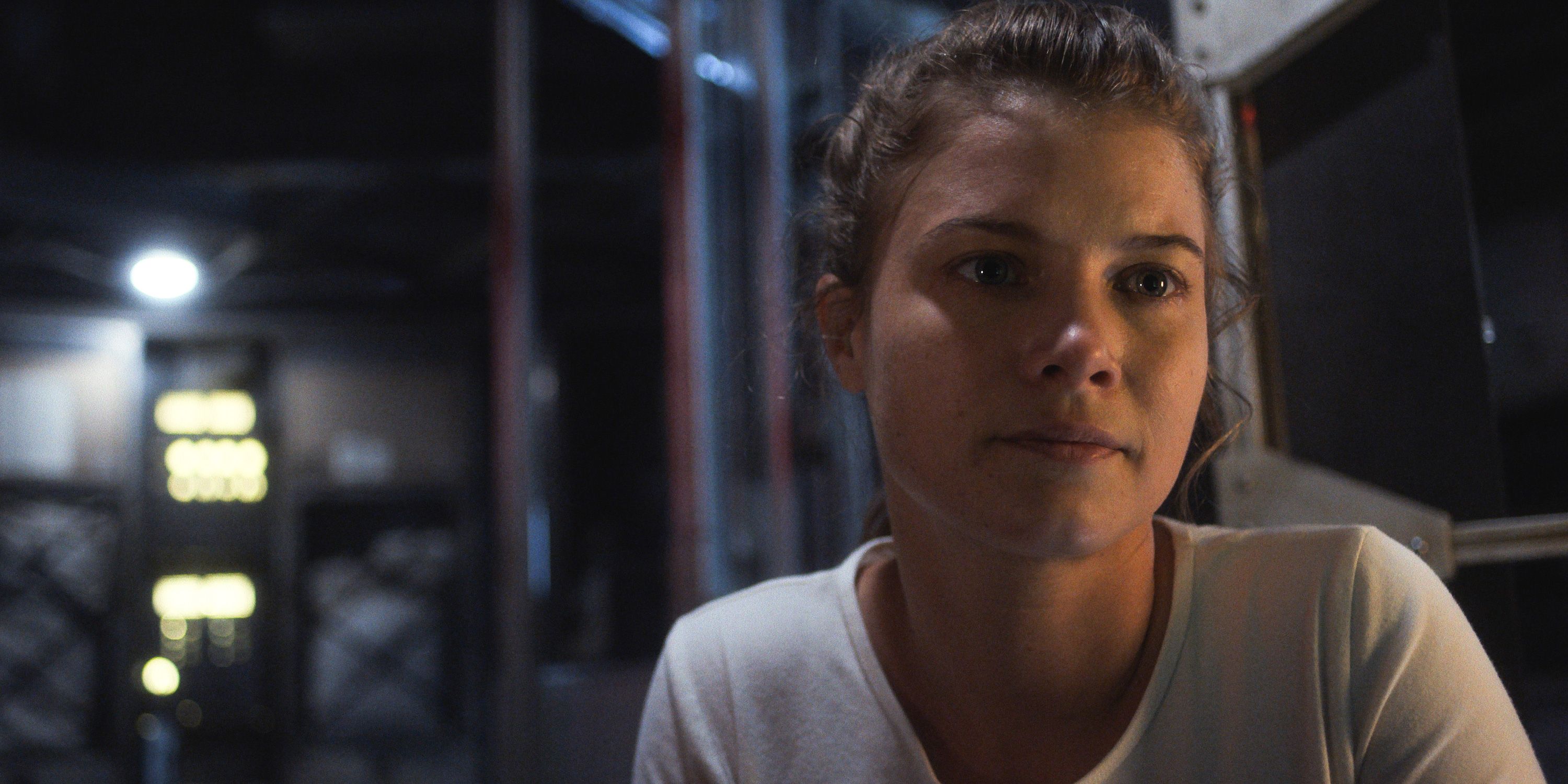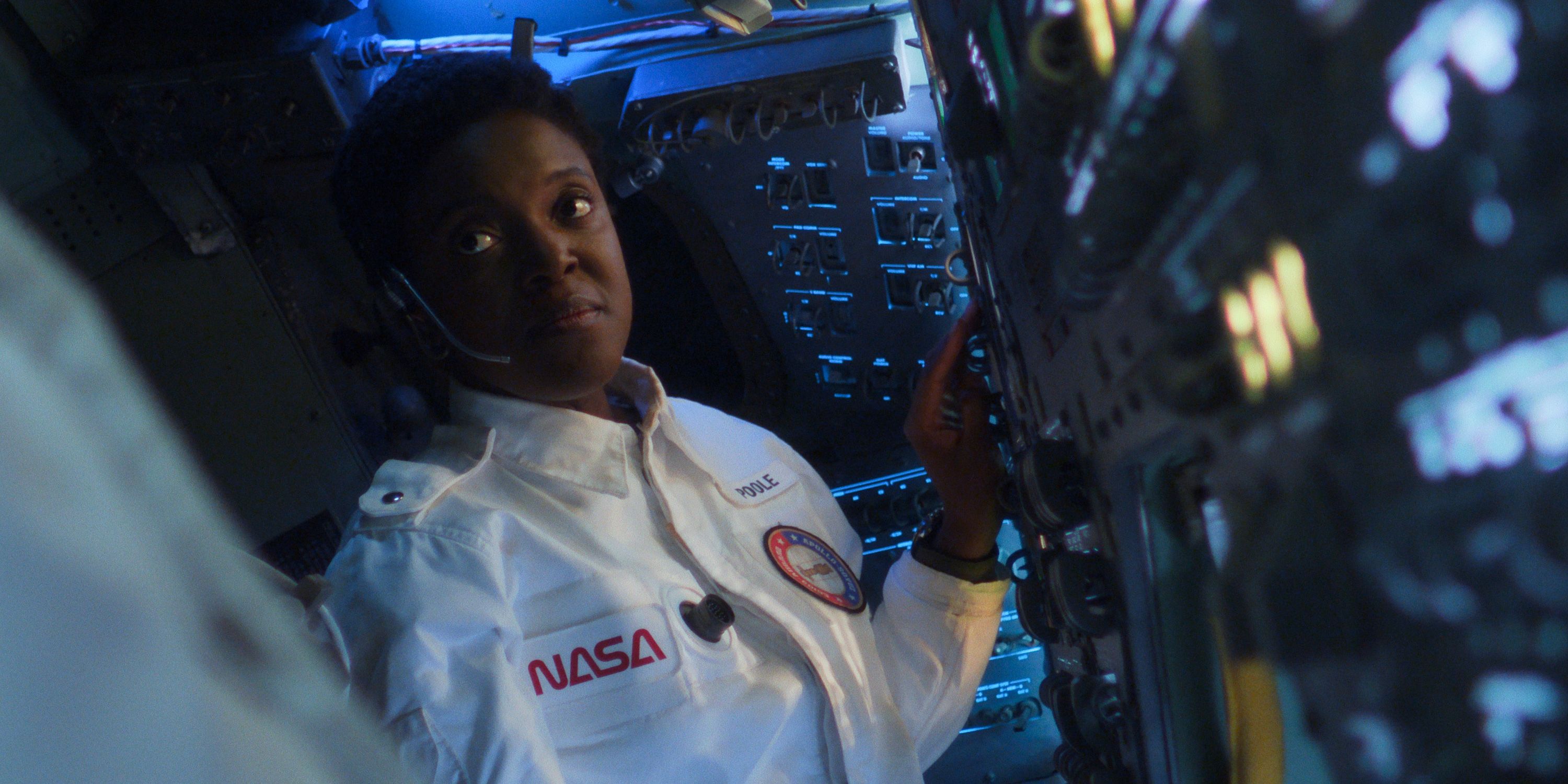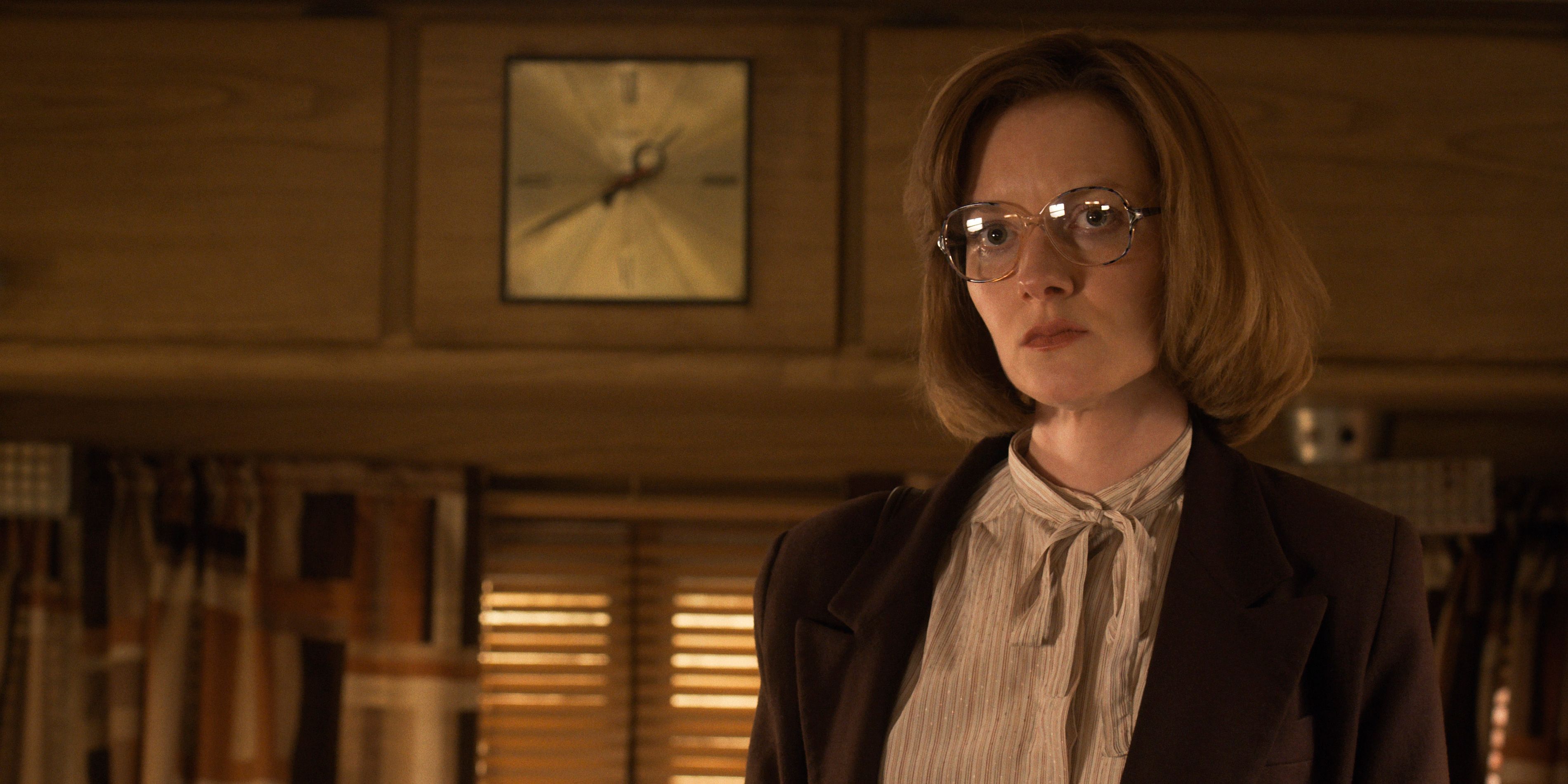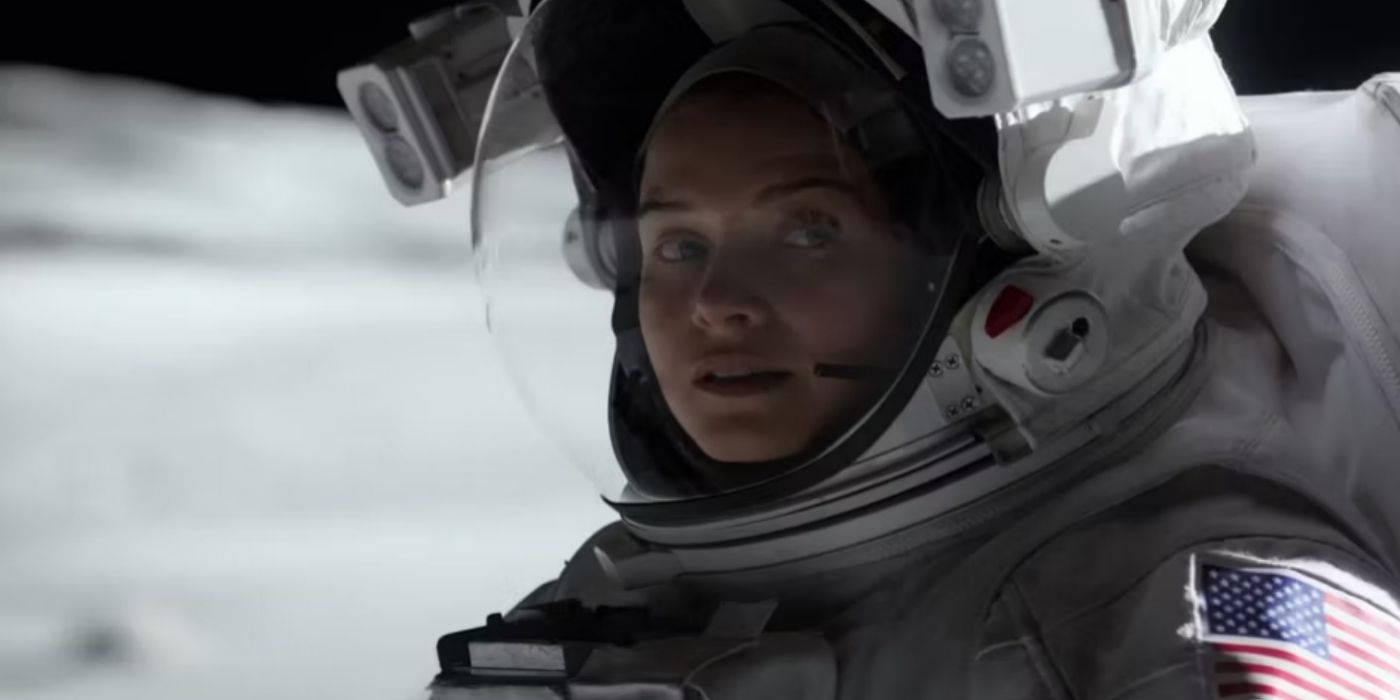Summary
- The For All Mankind timeline portrays an alternate history where the Soviet Union lands the first man on the moon, changing the course of events and leading to a different space race outcome.
- The show incorporates historical events and figures alongside fictional characters, and depicts real-life missions like Apollo 10 with some fictional elements.
- For All Mankind imagines a more equal space race, featuring the first woman on the moon and an all-female crew of astronauts, taking inspiration from the real-life Mercury 13 program.
The For All Mankind timeline shows how history might have turned out differently if the space race between the Soviet Union and the United States never ended. The Apple TV+ series created by Ronald D. Moore premiered in 2019, following a group of fictional astronauts alongside historical figures like fellow astronaut Neil Armstrong, US Senator and presidential hopeful Ted Kennedy, and President Richard Nixon. In For All Mankind season 1, the show replaces the real-life American astronauts from NASA's Apollo 10 mission with fictional characters.
Aside from the crew members, many details of the show's Apollo 10 mission remain historically accurate. Launching in May 1969, Apollo 10 was the fourth crewed mission and the second to orbit the Moon. Like the mission portrayed in the series, NASA considered Apollo 10 a dress rehearsal for the first Moon landing. Throughout the series, For All Mankind portrays historical events involving real-life space exploration over the decades interwoven with its fictional narrative. The show becomes less grounded in reality as the episodes progress, with For All Mankind season 4 continuing its spin on how events unfold.
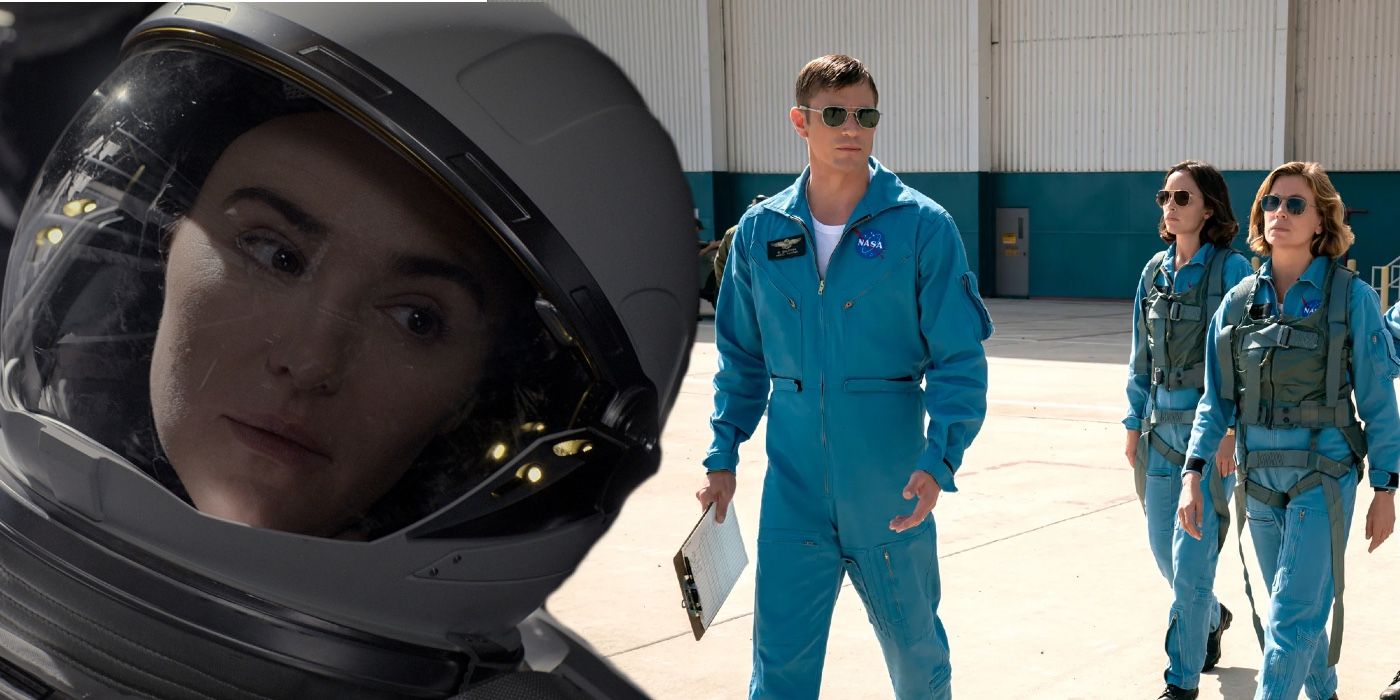
For All Mankind Season 5: Confirmation & Everything We Know
Apple TV+'s hit series For All Mankind has re-written history throughout its time on the air, and here's everything to know about season 5.June 1969 - Soviet Moon Landing & Apollo 11
NASA Didn't Win The Space Race In For All Mankind's Alternate History
In the For All Mankind timeline, NASA lost when the Soviets put the first man on the moon. The vast For All Mankind vs reality differences in history come when Alexei Leonov became the first human to land on the moon on June 26, 1969. As a result of the Soviet moon landing, US Senator Ted Kennedy returned to D.C. for an emergency hearing and canceled his trip to Chappaquiddick Island, altering the course of history.
Without the scandal that took him out of the race in real life, Kennedy ran against Nixon during his reelection campaign in the For All Mankind timeline. One month later, the Apollo 11 mission became the first US mission to make it to the moon using the same scientists as the real-life NASA mission.
In reality, the Soviets were the first to put a man in space, but not on the moon. Thanks to chief rocket designer and spacecraft engineer, Sergei Korolev, Soviet cosmonaut Yuri Gagarin went successfully into space in 1961. Under President John F. Kennedy, American lunar exploration efforts intensified in the early 1960s. The real-life Apollo 11 astronauts — Neil Armstrong, Buzz Aldrin, and Michael Collins — were the first people to step foot on the moon on July 20, 1969.
The Apollo-11 team left behind an American flag, a patch honoring the fallen Apollo 1 crew, and a plaque, which read: "Here men from the planet Earth first set foot upon the moon. July 1969 A.D. We came in peace for all mankind.” However, in the For All Mankind alternate history, it is a Soviet flag left behind by cosmonaut Alexei Leonov. The real cosmonaut Leonov and the first person to conduct a spacewalk. He was also selected to be the first Soviet on the moon. However, his story in For All Mankind vs real life ended differently, as he never made the trip outside the alternate timeline of the show.
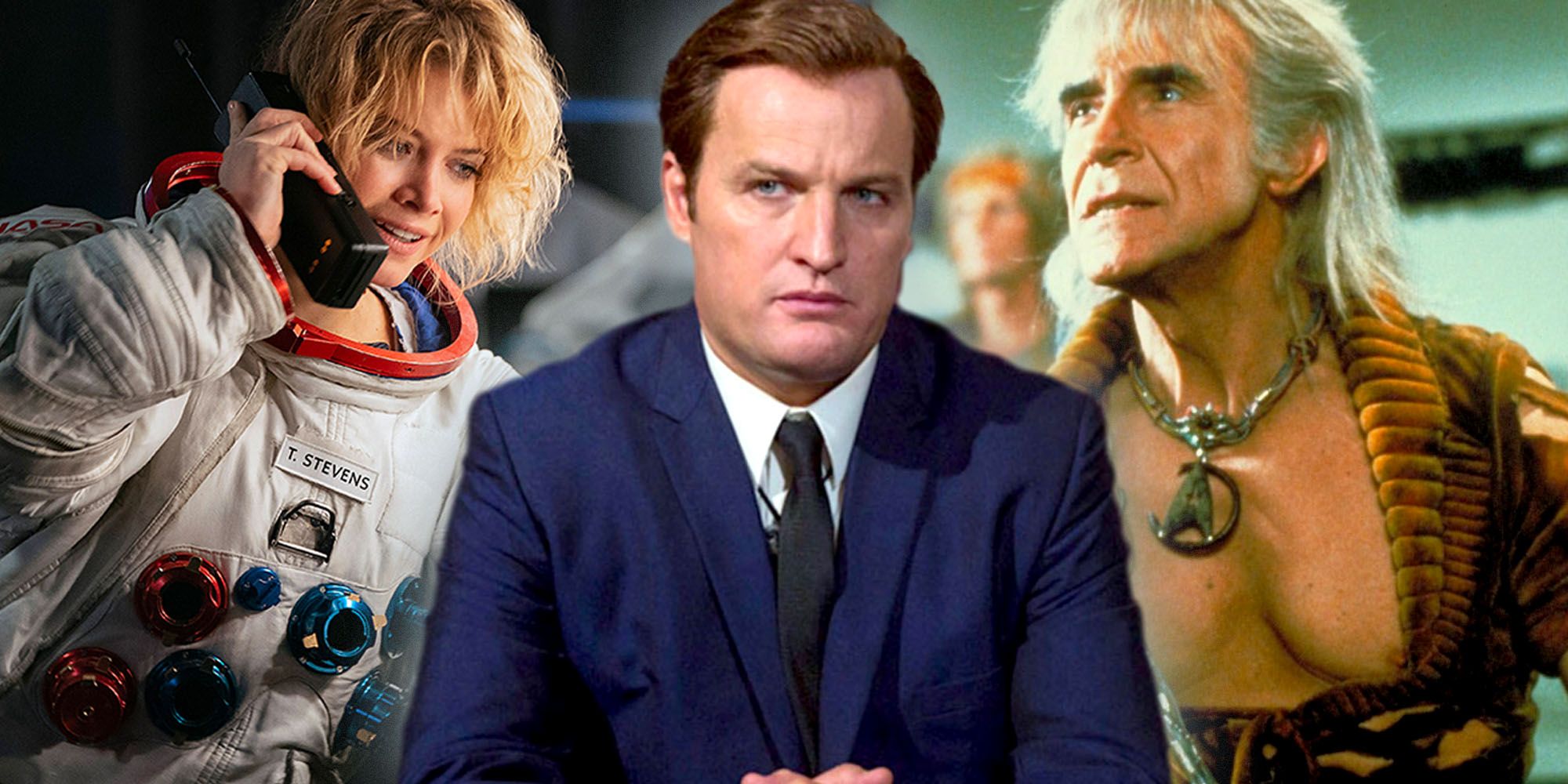
For All Mankind: 10 Things Different In This Alternate History
For All Mankind is set in a world where the Soviet Union made it to the Moon first but that's not the only change to history in the Apple TV+ series.September 1969 - The Mercury 13 & First Woman On The Moon
The Alternate History Of For All Mankind Has More Equality In Its Space Race
The For All Mankind timeline imagines the first woman landing on the moon. On September 16, 1969, Anastasia Belikova became the first woman on the moon in For All Mankind's alternate history as part of the Soviets' second lunar mission. In the show, Belikova garners international acclaim and becomes known as the “Russian Meteor Maid” by many American newspapers. As a result, Nixon instructed NASA to put together a crew of female astronauts. The Mercury program recruits and establishes an all-female crew of astronauts including Molly Cobb, Dani Poole, Tracy Stevens, and Ellen Wilson who become prominent characters throughout the series.
For All Mankind's fictional space program is based in part on the real-life Mercury 13, a privately funded space program that recruited female astronauts, a fact that helped make Ellen so important in the series. In the real 1959, the thirteen women recruited to the program completed the same tests as the male astronauts in NASA’s Mercury 7 group. According to series creator Ronald D. Moore, the Mercury 13 program was the original inspiration for the show's premise. Moore talked to Variety about the moment on the show.
“That (Mercury) program got canceled before they ever actually took flight training. So part of our premise was to go back and revisit who were the Mercury 13 and where would they be."
For All Mankind looks at what it might have been like for these women had they had the chance to participate in NASA’s space program of the time. In reality, only 12 people — all of them men — have ever walked on the moon. All of these For All Mankind missions were part of the US Apollo program between 1969 and 1972. To date, no women have ever walked on the moon — although, in 1963, the Soviet Union did send the first female astronaut, Valentina Tereshkova, into space.
1971 - Apollo 15 & First US Woman On The Moon
The For All Mankind Timeline Based Molly Cobb On A Real Female Astronaut-In-Training
A key difference when it comes to For All Mankind vs reality is the famous Apollo 13 flight, which doesn’t fatally explode in the alternate history of the show. In the For All Mankind timeline, NASA presented the first all-female astronaut group in 1970. As a result, Molly Cobb also replaced Gordo Stevens for the Apollo 15 mission. In October 1971, Molly became the first American woman to make it to the moon. In this alternate version of history, Ted Kennedy defeated Richard Nixon in November 1971 by a wide margin and became the 38th President of the United States.
In the For All Mankind political timeline, Kennedy was sworn into office in 1972. This also means Watergate never happened. There were no female astronauts on the real Apollo 15, which was the fourth US mission to land on the moon. The real Apollo 15 crew members, Commander David Scott, James Irwin, and Hadley Rille, never flew into space again. Molly Cobb’s character is inspired by real-life Mercury 13 participant, Geraldyn “Jerrie” Cobb. Jerrie Cobb was the first woman to pass all the same pre-flight tests as NASA’s Mercury 7 male astronauts.
Had NASA accepted female astronaut candidates in the '60s, Jerrie Cobb would likely have become the first, but the agency did not allow women into the program until 1978. In reality, Sally Ride became the first American woman in space in 1983. For All Mankind pays tribute to the female astronaut in season 2, when her namesake character joins Captain Ed Baldwin's crew on the Pathfinder mission.
1973 - Apollo 20 & Jamestown Lunar Base
Settling On The Moon Was A Real Goal For NASA
In For All Mankind, the Apple TV+ show portrays a world where NASA’s space program continues to thrive, and the Apollo Missions remain a top priority for America throughout the 1980s. In the series, Ed Baldwin, Dani Poole, and Gordo Stevens set out on Apollo 20, a mission to establish the American lunar base, Jamestown, on the moon’s surface. In reality, Apollo's goals did go beyond landing Americans on the moon and returning them safely to Earth. NASA dreamed of establishing technology and the capacity to work in the lunar environment, but that never happened.
Unlike in For All Mankind, the program was eventually canceled. The real-life Apollo Program only lasted from 1963-1975. The last moon landing took place in 1972. Apollo 17 was the last mission to land on the moon. According to NASA, the final American lunar mission was distinguished from previous Apollo flights by its “extended hardware capability, larger scientific payload capacity, and the use of the battery-powered Lunar Roving Vehicle.” Eugene “Gene” Cernan, commander of Apollo 17, left these last words on the moon: "We leave as we came and, God willing, as we shall return, with peace, and hope for all mankind.”
1983 - The Apollo-Soyuz Mission
The 1980s Widen The Gap Between Reality And The Alternate Timeline
For All Mankind season 2 picked up where season 1 left off in the 1980s. While there are real elements pulled from the space program like Skylab, the space race has more or less ended by this time in history, meaning the show began to diverge more into its fictional timeline. Though a few real-life elements remain, most are altered to fit into the show’s alternative history, and in the latter decades of the 20th century, the gap between For All Mankind vs reality widened faster than ever.
In real life, Ronald Reagan was elected president in 1980, but in the show’s timeline, he’s already been president for four years, having won the 1976 election and narrowly beating Ted Kennedy. By 1983 the Jamestown base was thriving, and the Soviets had also established their own lunar base nearby. The space race never ends in the alternate history of For All Mankind, and it continues to be the main point of conflict in the Cold War.
The Apollo-Soyuz mission (Apollo 75) in For All Mankind season 2 is also based on a real-life mission. In the show's narrative, the mission takes place in the 80s, but in reality, the symbolic handshake happened in 1975. On July 17, 1975, the world watched the historical event unfold on television as astronaut Thomas Stafford and cosmonaut Alexei A. Leonov shook hands in space.
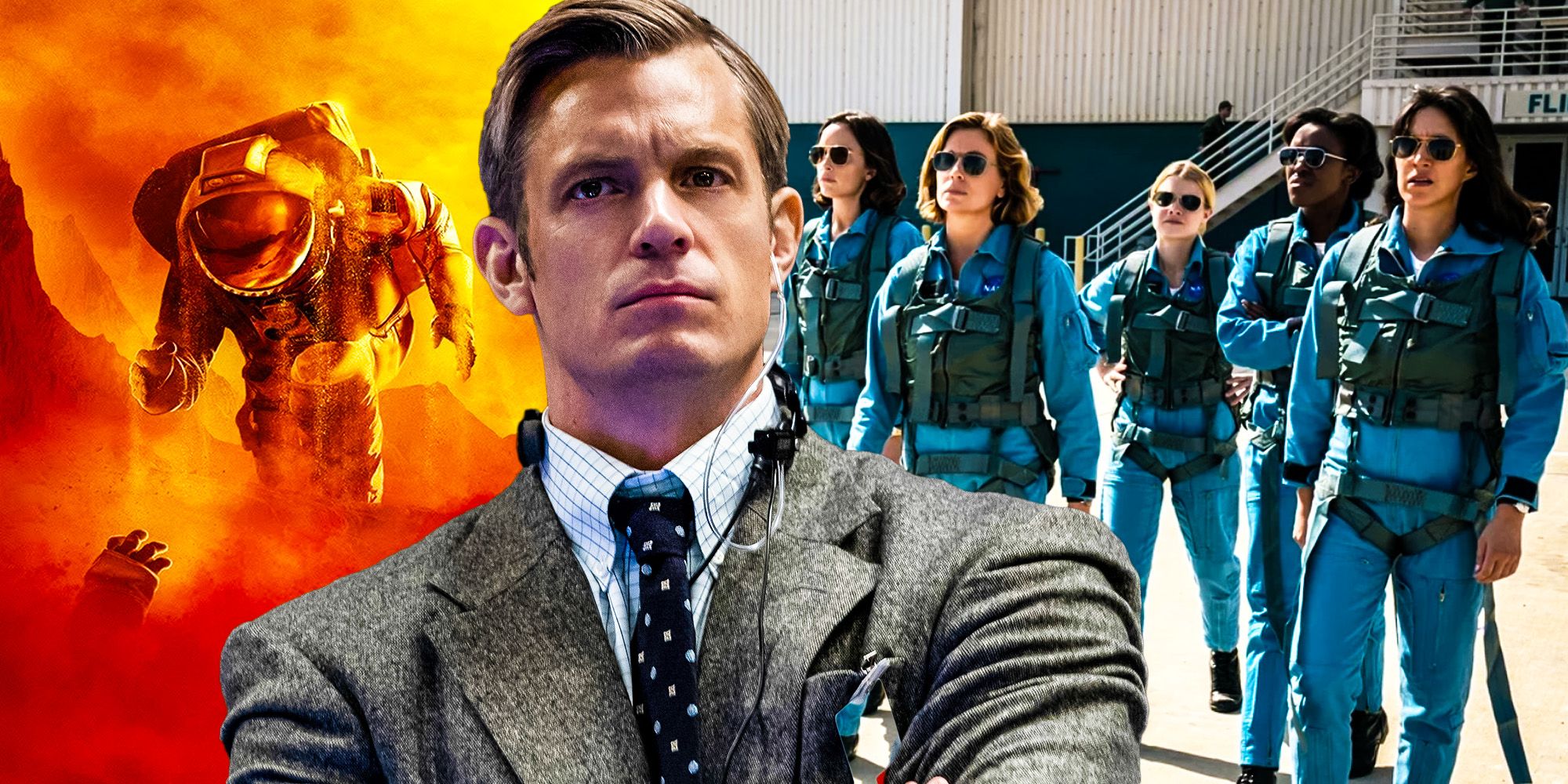
Everything That Happened Between For All Mankind Seasons 2 & 3
For All Mankind season 3 begins a decade after its predecessor. Here's every character and historical event that happened since the end of season 2.1995 - Mars Landing
Humanity Has Reached The Red Planet Before The New Millenium In The For All Mankind Timeline
Due to the time jump in For All Mankind season 2, the tragic Challenger mission of 1986 either isn't shown or never happened. Instead, the show skips ahead to the '90s in the season finale. The final scene in For All Mankind season 2 depicts a space boot stepping foot on Mars. For All Mankind picked up in 1995 in season 3. This has yet to happen in real life, but NASA did begin to explore Mars remotely as part of a series of Mars Missions in the early 1990s.
To date, no one has stepped foot on Mars, though several countries, including the US, Russia, China, Japan, and the European Union, continue to work toward manned missions to the red planet. NASA's historic log lists 45 Mars missions between 1968-2018, which doesn't include those launched in 2020 and several others that are currently in development. The season 3 For All Mankind space race timeline showed how the alternate history's Mars missions compared, and what sort of progress humans will have made on Mars in the show's alternate reality. It also led to Ellen becoming the first female POTUS, another huge diversion from history.
2003 - A Radically Different 21st Century
For All Mankind Season 4 Keeps Making Historical Changes
The gap between reality and alternate history is wider than ever in For All Mankind season 4. Ellen as President of the United States meant a number of significant political changes in the For All Mankind timeline. Ellen served two terms, which means Bill Clinton was never the POTUS. While President, Ellen legalized same-sex marriage in 1998, 17 years before that happened in the real world. This also allowed President Wilson to marry her lover, Pam Horton, although they tied the knot after her presidency ended.
Many other differences between For All Mankind vs reality were shown in newspaper clippings. John Lennon not only lived, but he got to play the Super Bowl halftime show. Stanley Kubrick also lived long enough to make A.I.: Artificial Intelligence, which in real life, Steven Spielberg had to finish for him. Harvey Weinstein was also charged with sexual assault decades earlier. In politics, John F. Kennedy Jr. began a Senate run because he never died in the plane crash that took his life in real history. Finally, Al Gore became President of the United States when he beat George Bush Sr., rather than losing to his son George W. Bush.
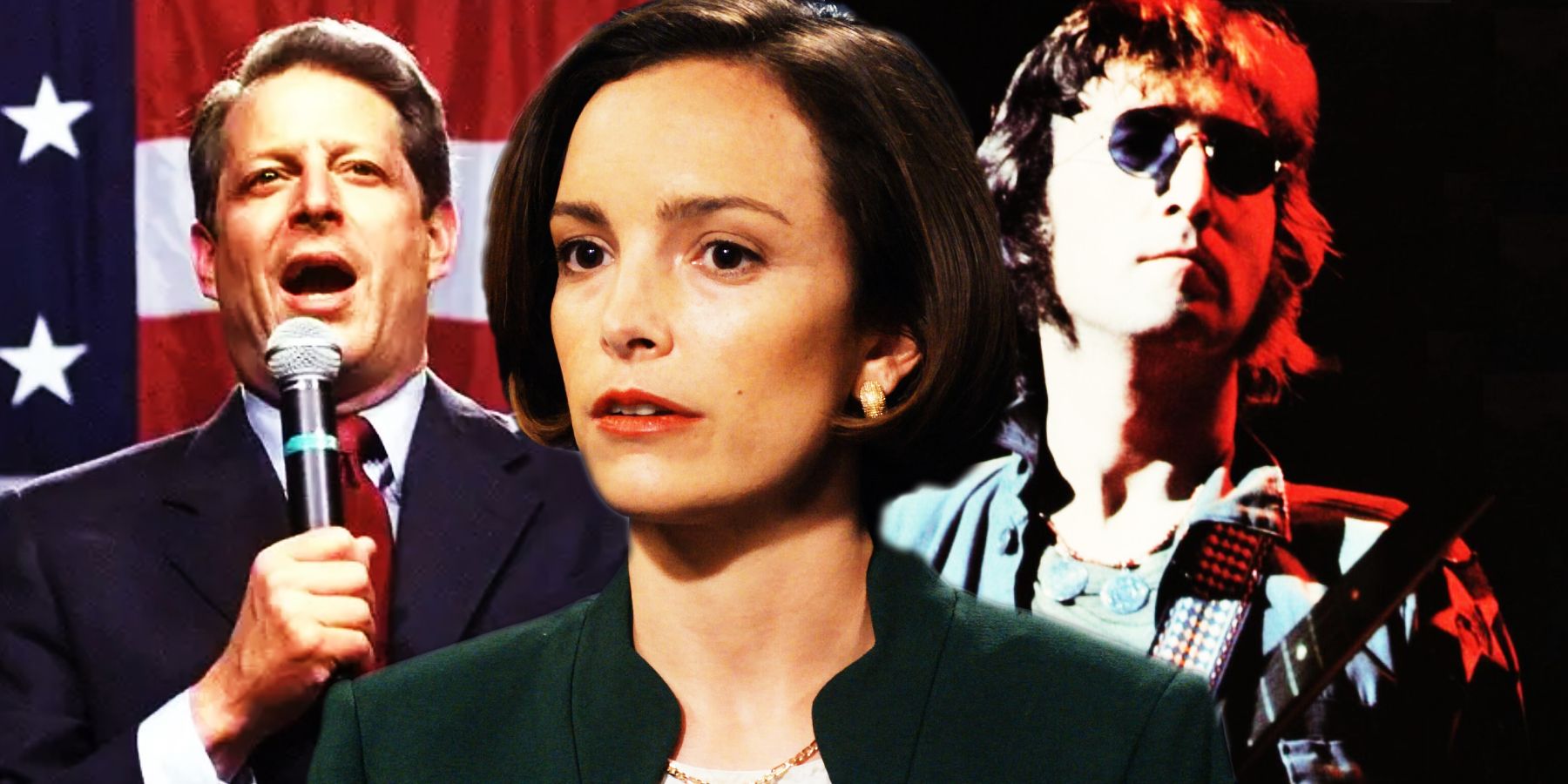
For All Mankind Season 4's 11 Biggest 2003 Alternate History Changes
From President Al Gore to gay marriage, here are the biggest changes to history between 1995 and 2003 in For All Mankind's season 4 premiere.How Much Of For All Mankind's Timeline Could Actually Have Happened?
Despite The Heavy Sci-Fi Elements, The Alternate History Is Plausible
For All Mankind is a fictional series. However, this does not mean that the For All Mankind alternate timeline is farfetched. Many of the things that the show explores could have happened. That is because the historical tweaks for the alternate timeline are well-thought-out and don't deviate much from reality. While the For All Mankind space race timeline changed several things, the technology on display in the show that the United States and the Soviet Union used to achieve their fictional dreams existed at that time in world history.
While the race to the moon ended differently in the For All Mankind space race timeline, the details of the Apollo 10 mission were extremely faithful, other than replacing the actual astronauts. The show is also very accurate when it comes to the depiction of outer space, and the production team did a lot of research into the space saga to make things as real as possible, while also changing how things changed thanks to human decisions. The alternate timeline in For All Mankind could have been true history if a few things had gone slightly differently — as the show masterfully proves.
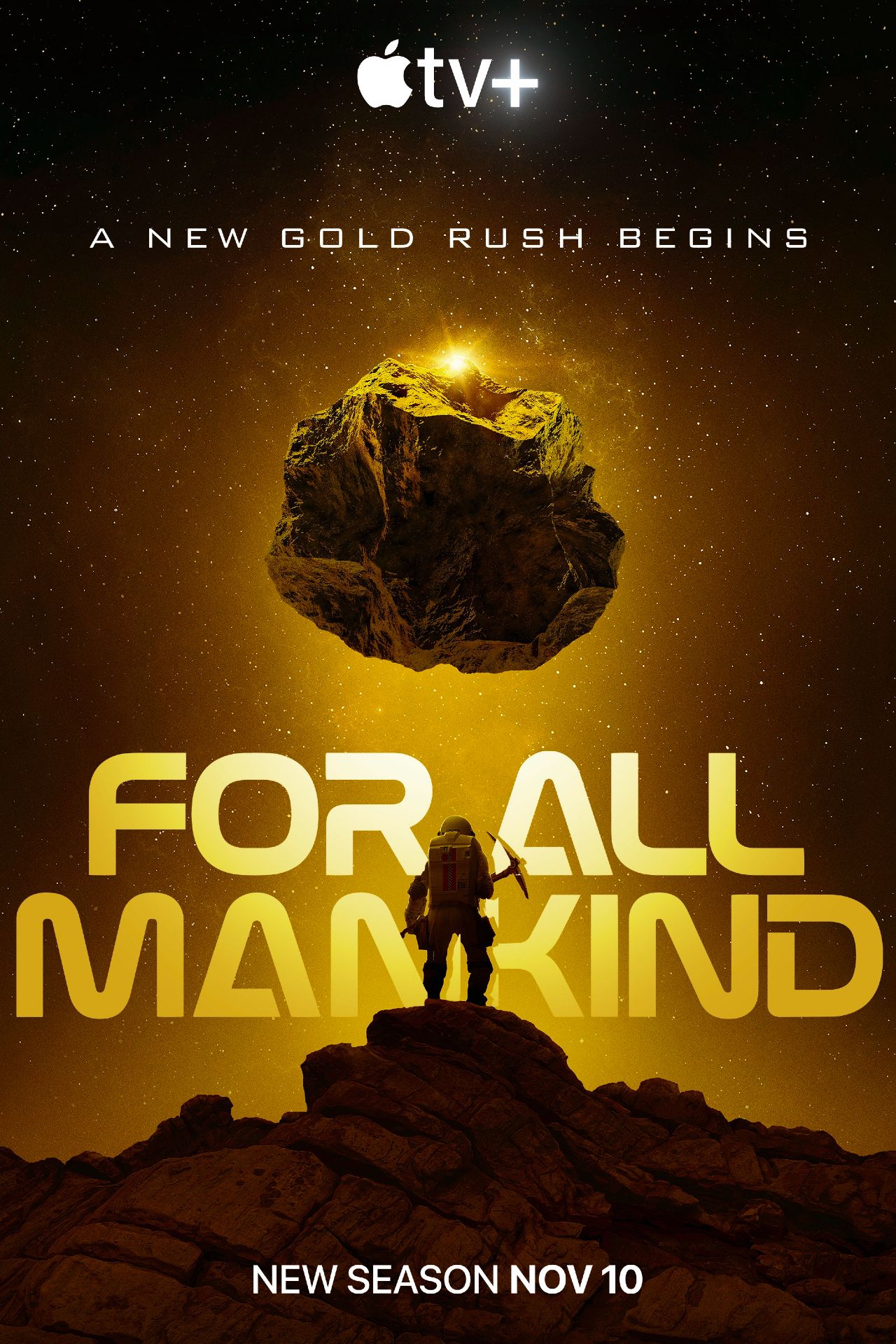
For All Mankind
- Release Date
- November 1, 2019
- Cast
- Michaela Conlin , jodi balfour , Coral Peña , Colm Feore , Sarah Jones , Wrenn Schmidt , Casey W. Johnson , Cynthy Wu , Shantel VanSanten , Michael Harney , Krys Marshall , Joel Kinnaman , Sonya Walger , Michael Dorman
- Seasons
- 4
- Streaming Service(s)
- Apple TV+
- Showrunner
- Ronald D. Moore

